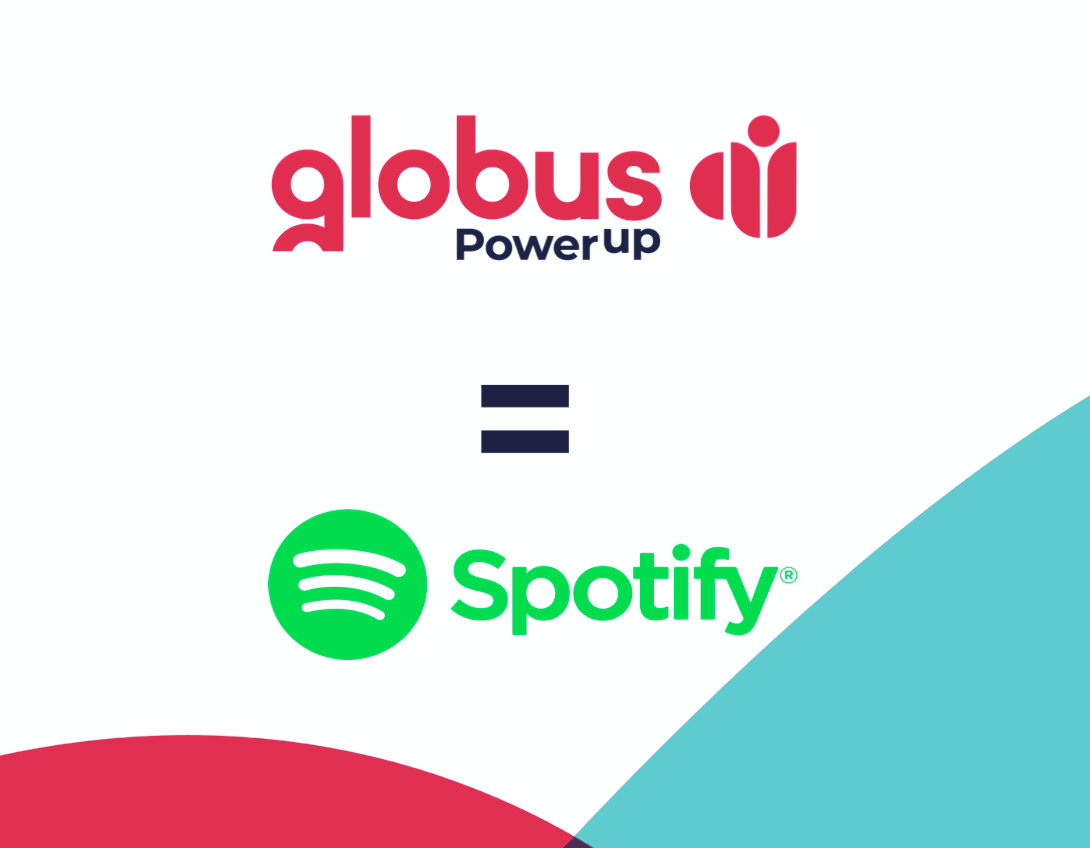
How technology can help staffing and recruitment agencies engage and retain talent
The past few years have put diversity and inclusion (D&I) squarely on the agenda. The individual and business benefits of improving D&I are now well documented and have led to a number of initiatives, from unconscious bias training to blind hiring. There is now a greater collective awareness about the need to improve D&I and how this requires a system-wide overhaul.
Everything, from an organization’s strategy to its culture, individual behaviors, and processes, needs to ensure a fair experience in the workplace and address individual and structural biases. There is now a host of technologies that have sprung up to improve D&I across the entire employee experience — and one of the hottest areas of this is in boosting employee engagement and retention.
Why boost D&I?
Creating a diverse and inclusive workplace has been shown to boost profitability, competitiveness, and innovation. Gender-diverse workplaces, for example, are 21% more likely to report above-average profits while those that are culturally and ethnically diverse are 33% more likely to outperform their competitors. Companies with more diverse management teams have 19% higher revenue due to greater innovation.
However, improving D&I is a big job encompassing widespread systemic changes as well as tailored, individual culture changes. This is where technology can assist, to go beyond one-off efforts like training to create a wider organizational shift that’s long-term.
How engagement and retention technology can help
There has been an explosion of technological solutions founded after year 2012 in the engagement and retention category, with some of the more established vendors existing from 2010. These solutions mostly focus on employee experience (58%) and employee voice (32%), while employee communication technologies cover only 10%.
Research shows that successful workplace diversity programs hinge on improving employee engagement. Some D&I technology focuses on improving listening and engagement, using sentiment analysis to identify common themes and flag bias. Some also help leadership teams gauge their workplace cultures in real-time and identify any teams or areas where inclusivity can be improved. Other tools specifically feedback to people managers on their communication style so they can see if they’re acting consistently and inclusively across their team members.
Listening to the workforce is vital to improving D&I. Without understanding the individual experiences of different employees, employers cannot create a culture that embraces and makes the most of everyone. There are many feedback and listening solutions available that enable business leaders to tailor survey questions and analyze the sentiment behind answers to identify themes. Likewise, some technologies feedback to managers on how well they have listened and communicated with their team members through different email, chat, calendar, and instant messaging platforms. In this way, they can uncover potential biases and build more inclusive teams.
Day-to-day communications can also be analyzed as a whole to understand how different discussions are impacting culture. In real-time, business leaders can identify the differing experiences of different employee groups and where teams may not be behaving in inclusive ways.
For a more concrete option, some organizations are using technology to flag potential bias in performance scores. Links between gender bias and performance scores can be automatically flagged, for example, or if certain minorities consistently are awarded higher or lower performance scores.
Personalized career pathing is another activity that boosts D&I. Offering career opportunities based on someone’s skills and experience, and their career goals and preferences is a more consistent approach than one based on a manager’s preferences or ‘gut instinct’. It also gives clarity for career and skills development. This could also be coupled with mentoring opportunities to provide individuals with connections outside of their business area, inspiration and future career goals to aspire to, and role models.
Key to this is enabling hiring and people managers to link skills with work. By taking this skills-driven approach, a lot of biases can be removed from recruitment, retention, promotion, and upskilling decisions.
Invest in the right technology
As D&I becomes more of a boardroom imperative, the technologies around it will only advance. By understanding the landscape and options available now, you can make better decisions around what solutions will truly engage your workforce and give a voice to underrepresented groups.
Remember, what works for one workforce may not necessarily work for another. Understanding your organization’s D&I baseline and goals is the first step in investing in the right technology for your needs. And, as with any technology investment, ensure there are processes to get employee feedback and results so you know if your D&I technology is really making a difference.




